Gardeners’ World 2022 episode 19: Monty shows how to deal with drought, takes fuchsia cuttings and demonstrates how to summer prune fruit trees. Advolly Richmond reveals the important role that trees have played in gardens throughout history on a visit to Longleat. There’s also a catch-up with three sisters in Dorset who developed a love of gardening during lockdown – this time, they plant up two beds, one for sun and one for shade.
Also, there’s a look at a national collection of heleniums in Berwickshire, and more Gardeners’ World viewers share what they’ve been getting up to in their gardens.
Across the country `Gardeners’ World’ presenters, from their own gardens and homes, give advice and share their knowledge to enable people to get the most out of their gardens. For further inspiration, professionals, horticulturists and hobby gardeners provide fellow green-fingered enthusiasts with useful tips and suggestions, no matter the size of garden or level of expertise. Whether it is creating depth in a small, backyard garden or how to make the most of the latest spinach crop with homemade pesto, presenters prove that the possibilities are endless for any gardener and garden.
Gardeners’ World 2022 episode 19
Propagate Fuchsia
Fuchsias are much-loved for their hanging, bell-shaped, bi-coloured flowers that look like colourful, dancing skirts. The flowers last all summer long and there are thousands of varieties available, in shades of white, candy pink, magenta, purple and red. Some varieties have golden or variegated foliage, or purple or red-tinged leaves, too.
Fuchsias are shrubs that hail mostly from Central and South America, where they’re pollinated by hummingbirds. They were first discovered growing in the Caribbean in the 1700s by a French botanist, Charles Plumier. He chose to name the plant after a German botanist from the century before, Leonard Fuchs.
The outer set of petals are actually sepals, which protect the flower petals beneath. These are often purple (to attract the aforementioned hummingbirds) but breeding has created a huge range of colour combinations. Both the flowers and the small purple berries that follow them are edible. The flowers can be crystallized and used to decorate cakes and desserts, while the fruits of some varieties have a citrussy, peppery taste and can be used to make jam.
Fuchsia cuttings can be taken anytime from spring through fall, with spring being the most ideal time. Cut or pinch out a young growing tip, about 2 to 4 inches (5-10 cm.) in length, just above the second or third pair of leaves. Remove any bottom leaves and, if desired, you can apply rooting hormone, though it’s not an absolute. You can then insert three or four cuttings in a 3-inch (7.5 cm.) pot or numerous cuttings in a planting tray, into a moist growing medium like sand, perlite, vermiculite, peat moss, or sterilized soil. It may help to make a hole in the growing medium with your finger or a pencil beforehand for easier insertion of the cuttings.
French beans
French beans are delicious and easy to grow in the ground or in containers. The slender, stringless beans make great finger food for children, and come in a range of attractive colours – as well as the usual green, you can grow cream, yellow and purple-podded varieties. There are fast-cropping dwarf varieties, as well as climbing varieties that crop over a longer period – both are ideal in small spaces as they take up little ground space.
There are two types of French bean – climbing and dwarf. Dwarf beans are perfect for small spaces, growing well in containers and in the ground. Climbing beans need tall, sturdy supports and do best in the ground, but can also be grown in large containers. As they grow vertically, climbers produce a large crop in a small area of ground.
Dwarf beans are quick to grow, but only crop for a few weeks, so make repeat sowings for a summer-long supply. Climbing beans take longer to reach cropping stage, but will produce beans over a longer period, from mid-summer to early autumn if picked regularly.
You’ll find a huge range of varieties available as seed in garden centres and online. There are varieties with pods in a range of attractive colours, from traditional green through shades of yellow and dark purple. Look in particular for varieties with an RHS Award of Garden Merit (AGM), which shows they performed well in trials – see our list of AGM fruit and veg. If you don’t have room to grow from seed, young plants can also be bought from garden centres and online suppliers in spring, ready for planting outside.
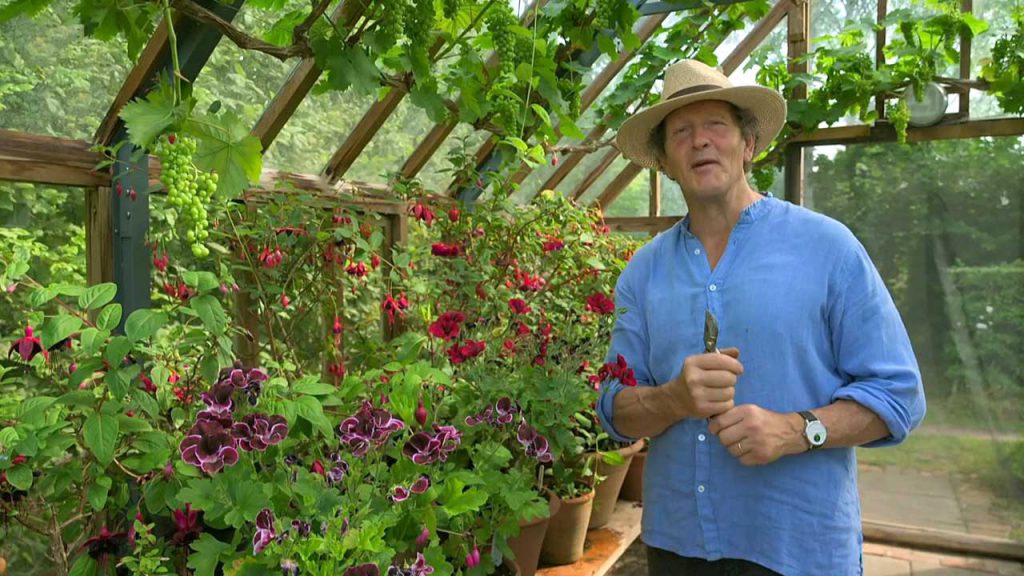
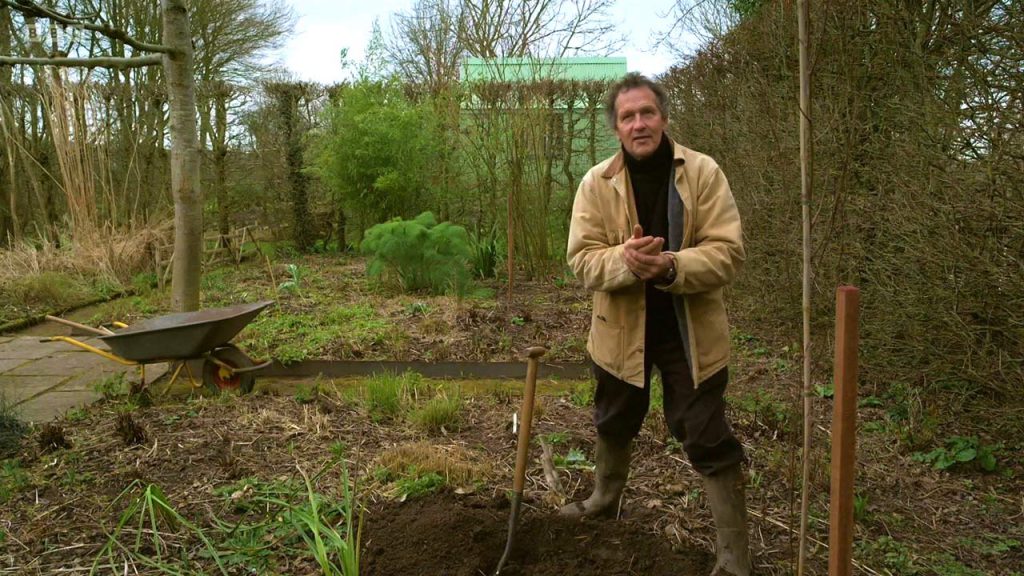
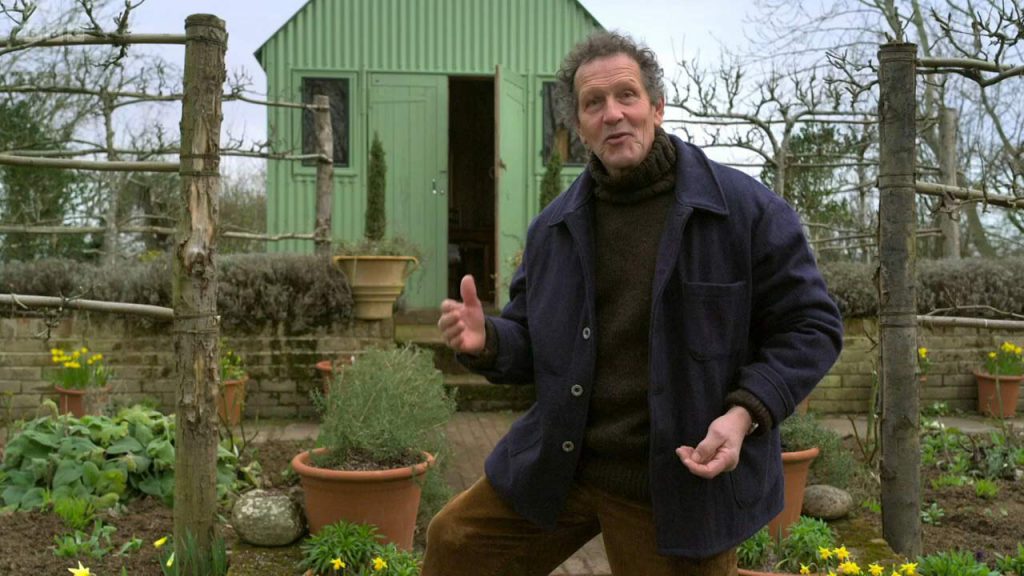
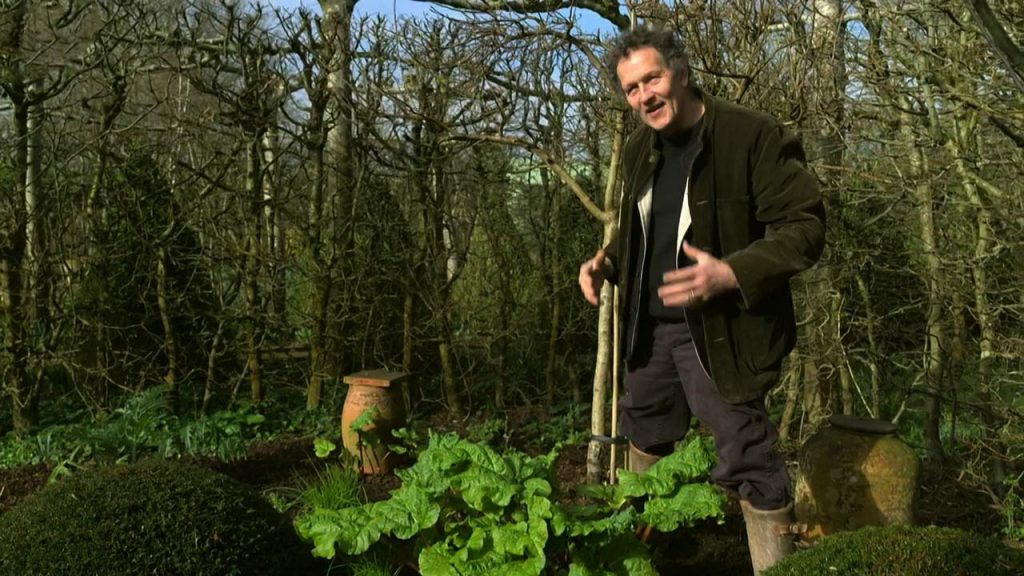
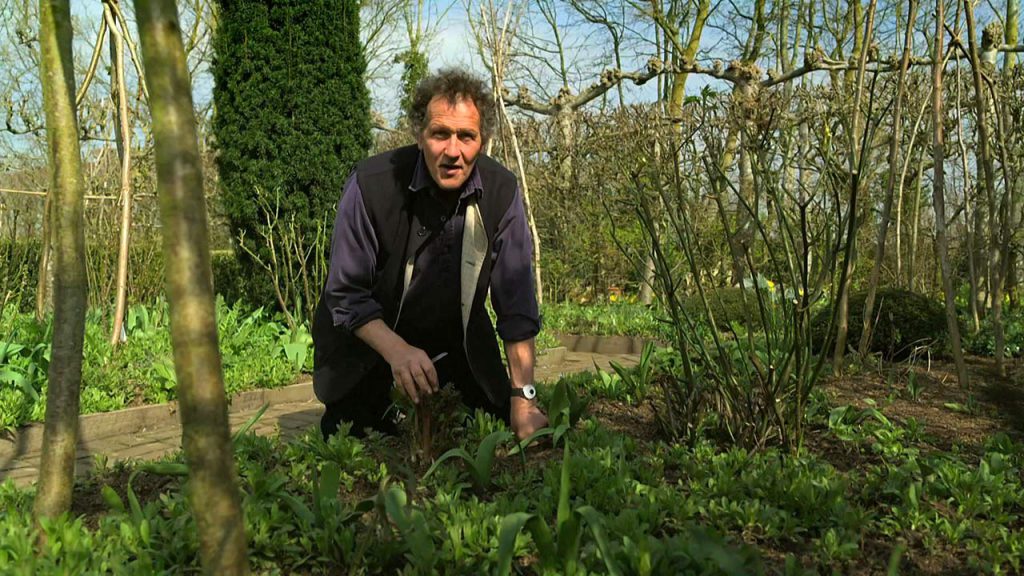
Wonderful show
I now know I need to move the Heleniums. They are in part sun (only in the morning) and I never get many flowers. I always learn something on your shows. Thanks
I just love this show. It’s so inspiring. Thanks for posting it!